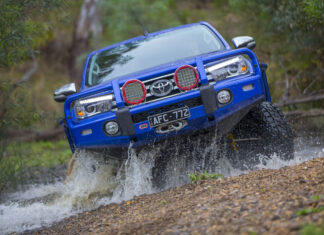
Is there anything more freeing than stepping onto the dance floor? It doesn’t matter if you’re an aspiring newcomer or a full-blown professional, you can hardly resist the opportunity to bust a move and strut your stuff to the beat. The dancing journey for beginners and veterans alike is a road paved with lots of practice sessions, determination and most importantly, a love for dance.
Sadly, however, living in a pandemic-stricken world means that such commodities come in very limited amounts. This, in turn, makes it a lot more difficult to squeeze in practice sessions or organise dance events. Luckily though, there’s a way for dancers to practice their skills outside the studio without losing momentum, and it comes in the form of a convenient mobile dance floor.
What Are Portable Dance Floors?
Essentially, they’re semi-permanent installations that can be placed anywhere from your home to a hotel room and even wedding venues and other formal occasions. They’re super easy to pack up and store in a travel bag, giving you the ability to take them with you as you please.
Most models come in compact vinyl rolls but you’ll probably come across a few wooden or foam-based contenders. All of these options provide a secure and comfortable base for all of your private dance sessions. In this way, you’re able to set up in even the most unconventional places without worrying how or if you can pull it off.
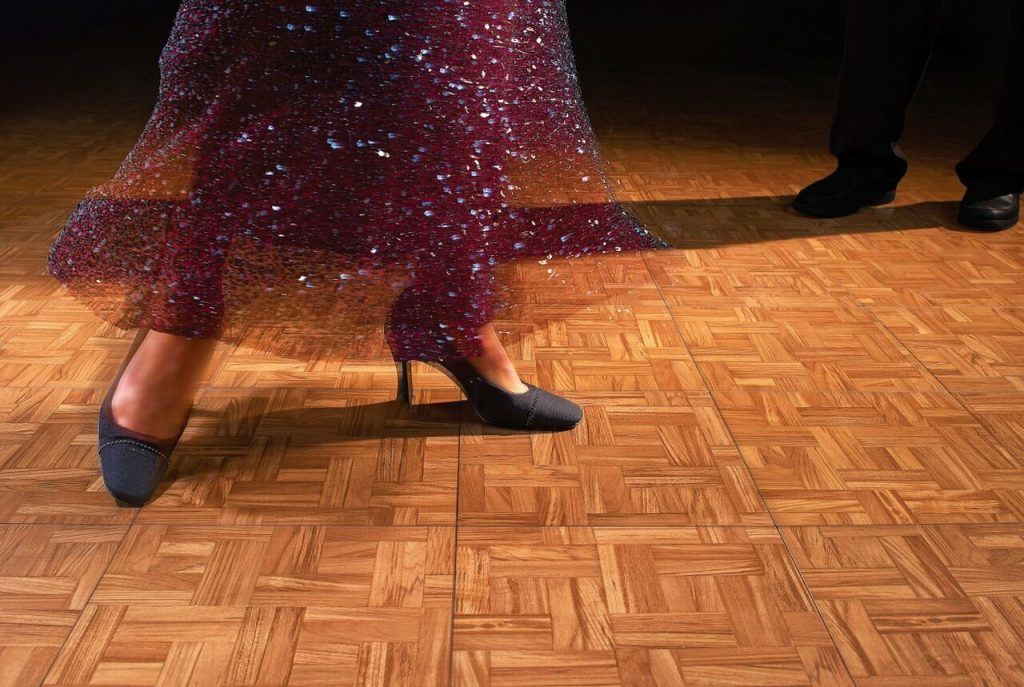
Are Portable Dance Floors Suitable for All Dance Styles?
Generally, yes although you should probably look into some of the extra genre-based features. Seeing as there’s a specific type of floor that’s suitable for each dance style, these subtle differences can oftentimes have a tremendous impact on your practice sessions.
Ballet
While most types of ballet shoes help you keep your balance and maintain a secure grip, you need to make sure that the portable dance floor doesn’t interfere with your overall control. Slip-resistant floors are among the most suitable models for ballet dancers, thanks to the increased levels of friction. These kinds of floors give you all the necessary support and limit potential mishaps. Ultimately, this minimises the risk of slips and injuries.
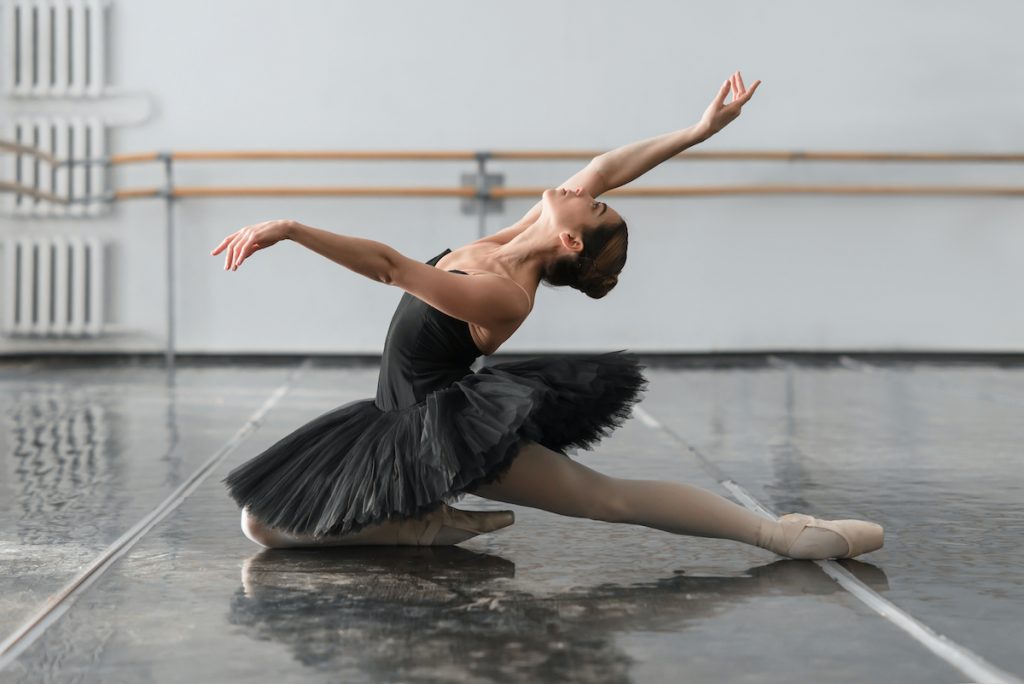
Tap Dance
Tap dancing floors are perhaps the most susceptible to everyday wear and tear. Those that are made of vinyl are quite sturdy and durable, effortlessly withstanding the rigid movement that is part of this style. On the other hand, wood usually takes on a bit more damage from excessive shoe tapping. However, its tougher exterior produces excellent sound quality and rhythm dispersion.
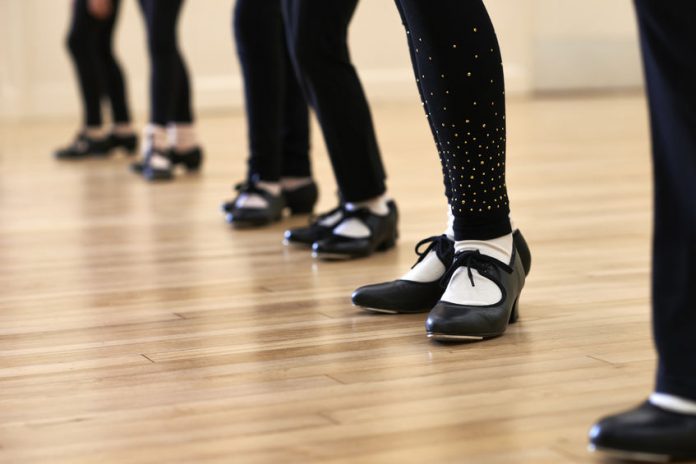
Modern Dances
All types of modern dances require a stable and smooth surface to glide over as you jump, slip and slide your way in accordance with the beat. This is particularly important if you’re practising upbeat or high-tempo dance moves. Having an on-the-go dance floor is your best bet at maintaining your balance and agility.
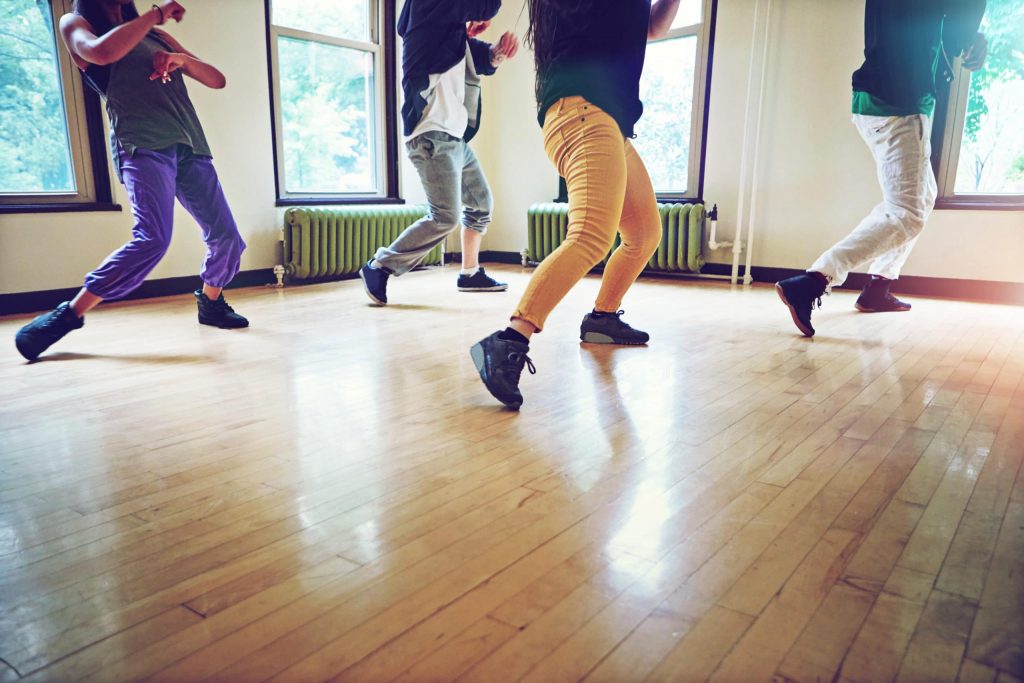
Ballroom Dancing
This fast-paced dance style involves a lot of precise footwork and elegant gliding movements. Hardwood floors have proven to be quite useful and resilient to the constant swift motions because they provide a non-slip surface and keep injuries at bay.
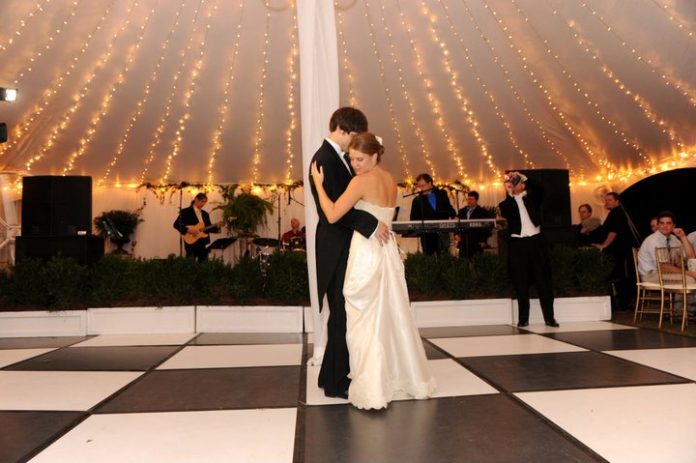
Jazz
This is basically a less energetic form of tap dancing but one that requires the same level of engagement, regardless of the pace. As long as you have a suitable pair of jazz shoes and socks on, you should be fine with all types of portable dance floors.
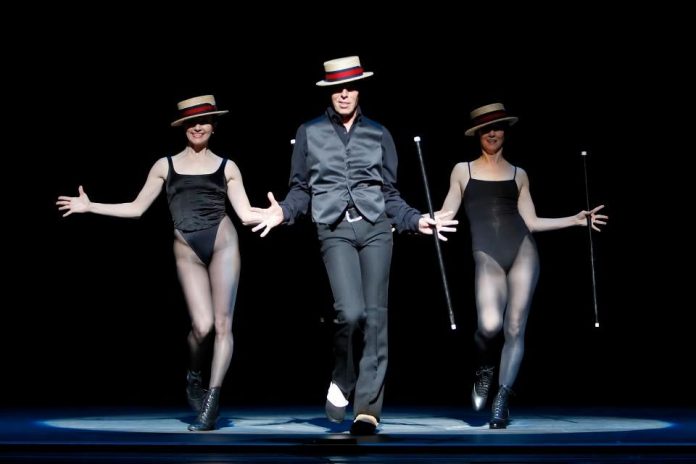
Benefits of Using Portable Dance Floors
With all of their extra features, it’s not surprising that having a modular dance floor brings about a range of benefits for dancers of all ages and skill levels.
Convenience and Ease of Use
One thing that virtually catapulted these kinds of removable floors into dance stardom is their effortless versatility. You can basically transform all kinds of surfaces into the dance studio of your dreams whenever you feel like it.
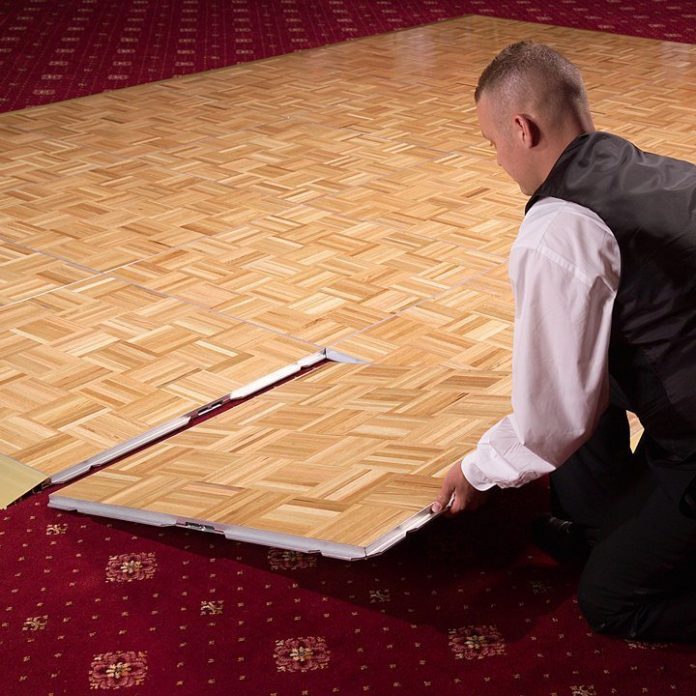
Moreover, installation is a breeze. You’ll likely get a pre-packed instruction manual with lots of details on how to set up, store and maintain your dance floor kit. Just make sure you place it in a dry spot when you’re not actively using it. This is because continuous exposure to moisture can damage its exterior and cause it to lose its original functionality. If the board does get wet at some point, dry it immediately and thoroughly.
When it comes to cleaning, gently wipe it down with a damp cloth to get rid of dust or debris. While doing this, make sure that no water seeps through the seams. You can also use the vacuum, if that’s your preference, as long as you don’t scratch or damage the upper layer in the process.
Durability
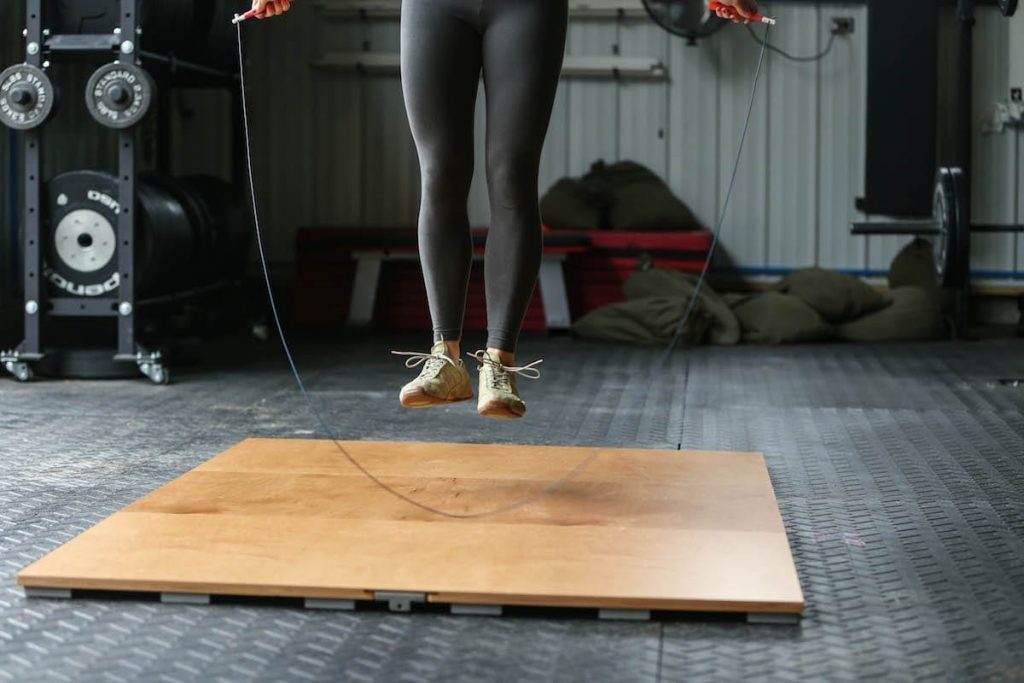
These types of floors might seem delicate and damage-prone when you first lay eyes on them but rest assured that they’re much tougher than they appear. Not only will they be able to withstand your body weight and footwork, but they’ll also provide adequate protection against scrapes and bruises. Even if you do fall at some point, a significant portion of the impact will be absorbed by the floor’s padding, which is certainly an added bonus. This gives you the chance to resume your practice sessions with no unnecessary interruptions or nuisances.







